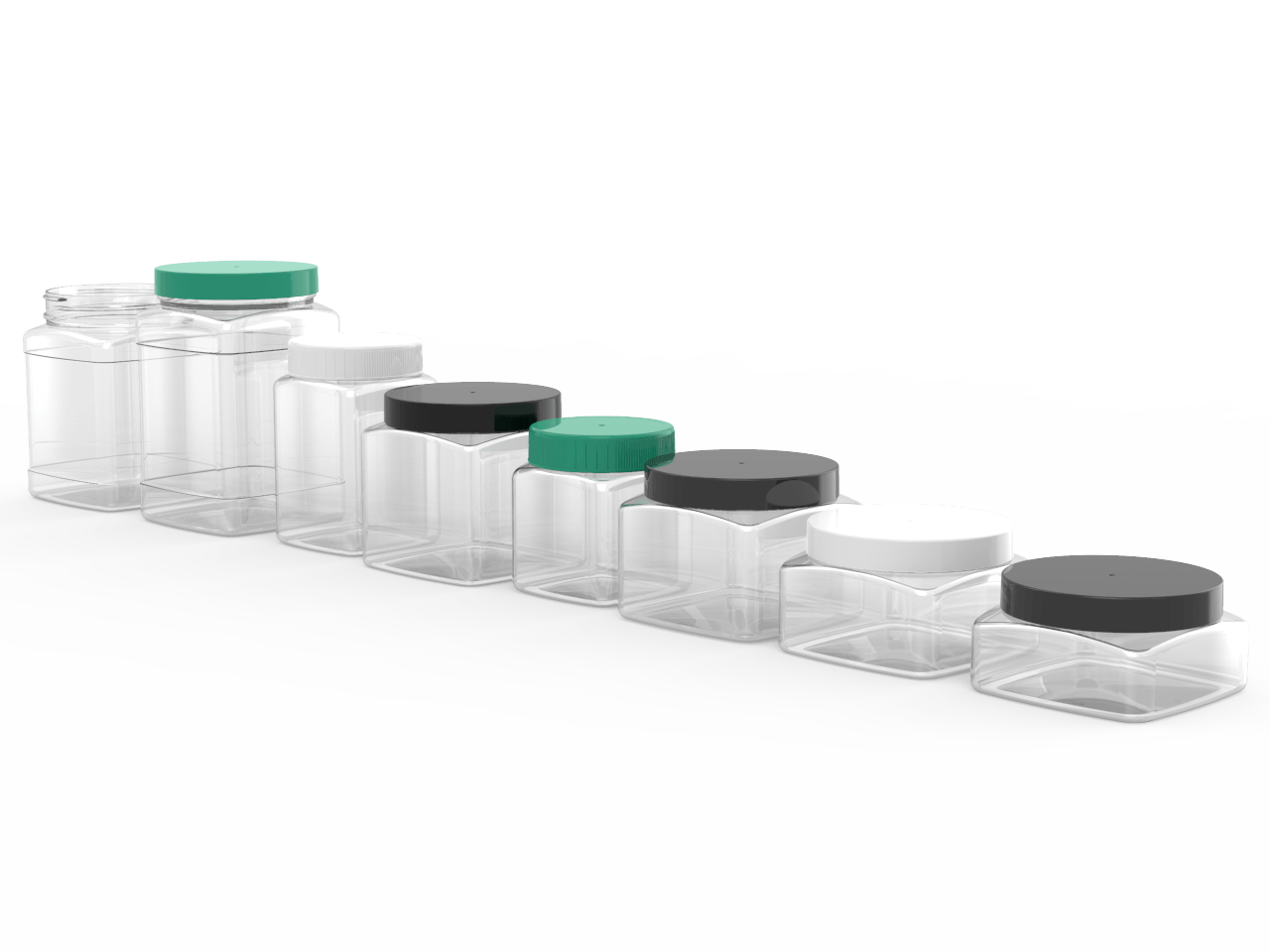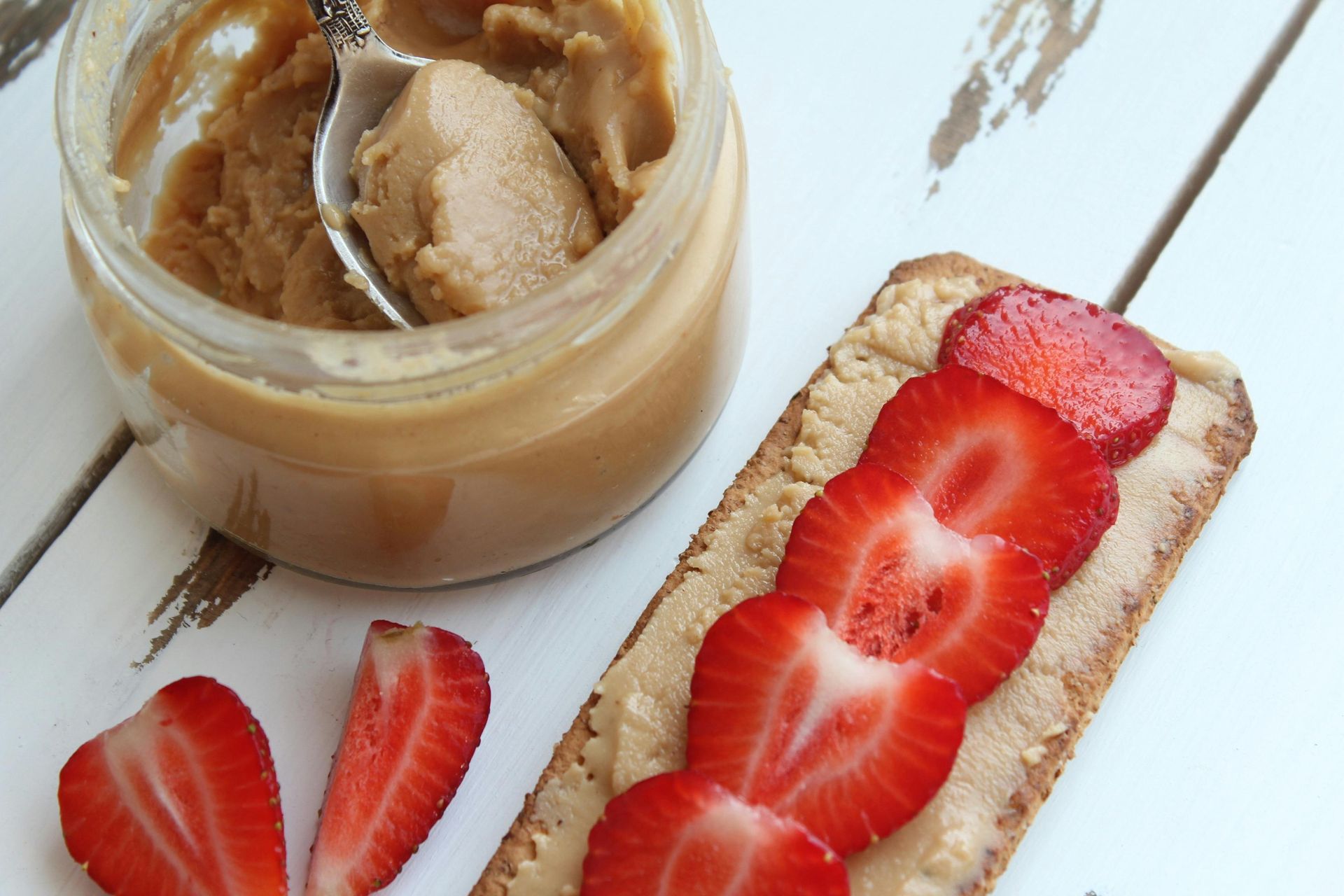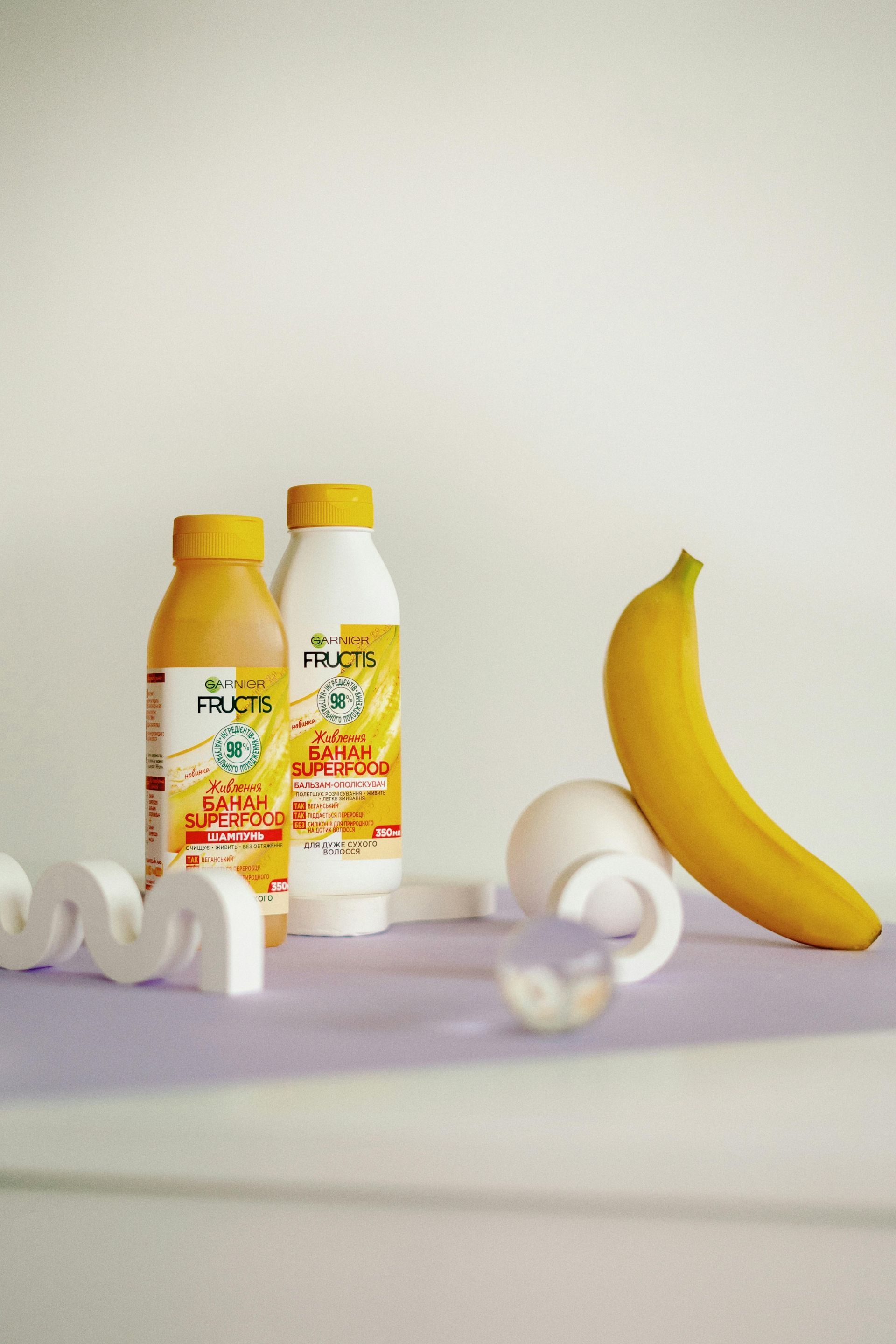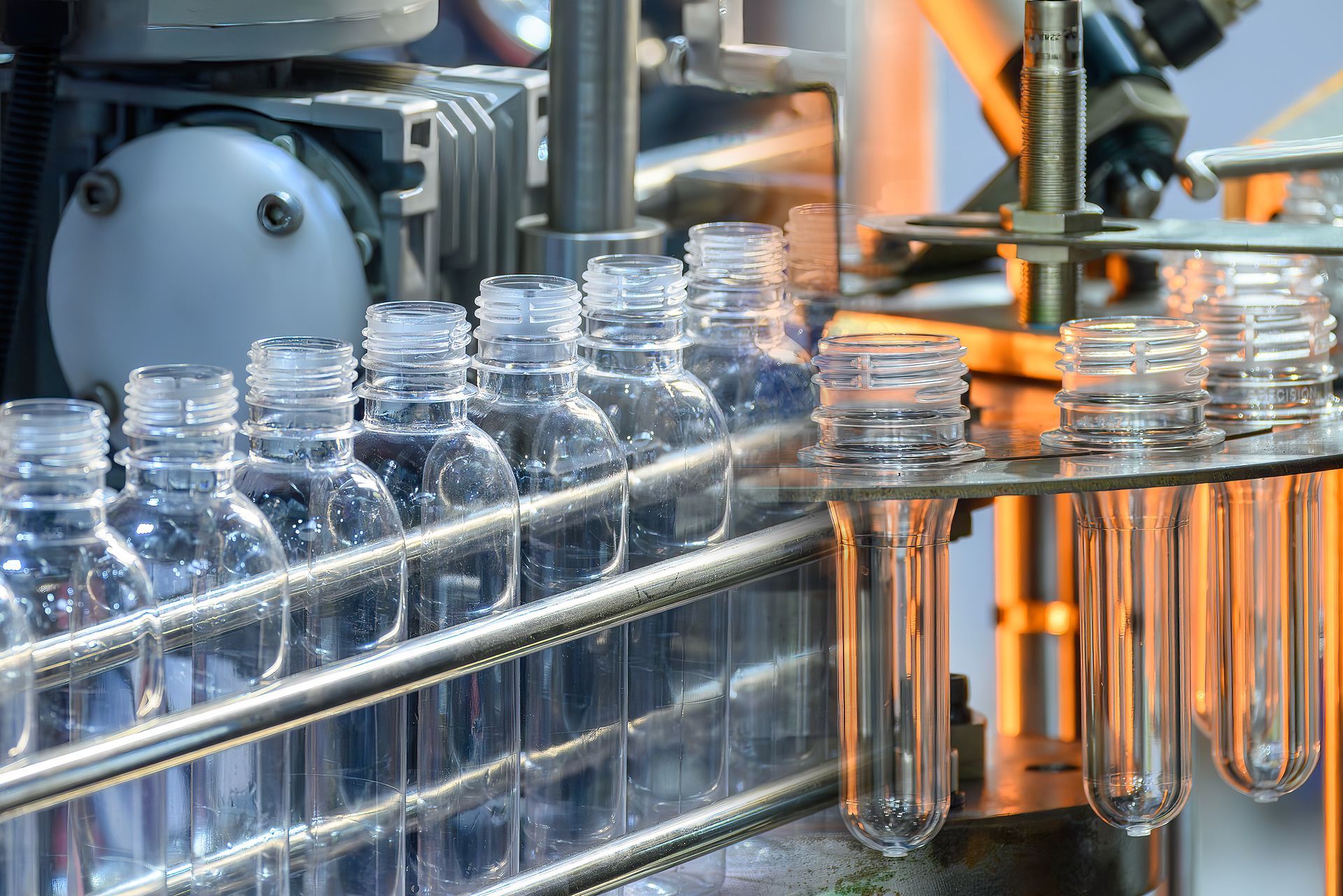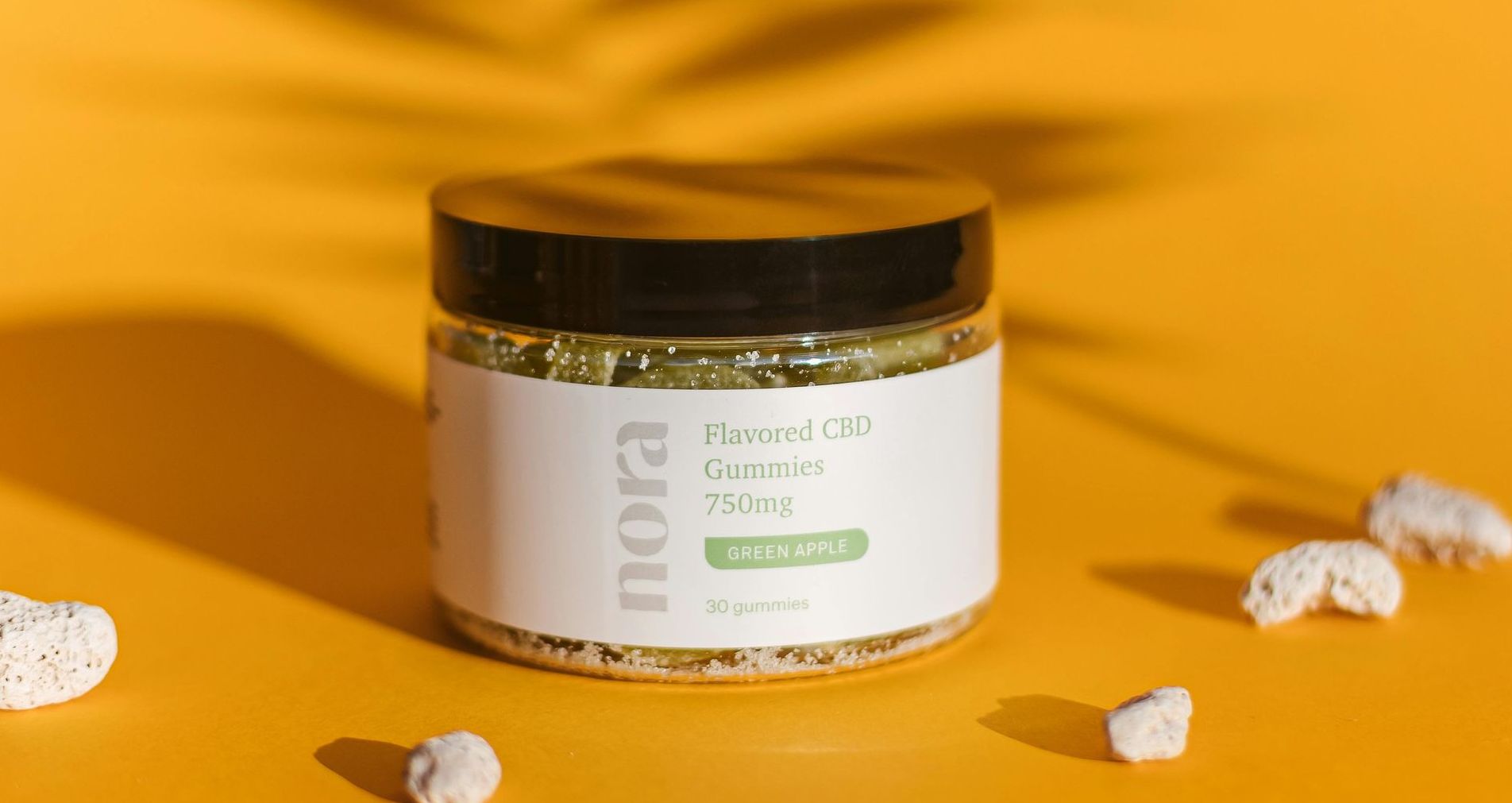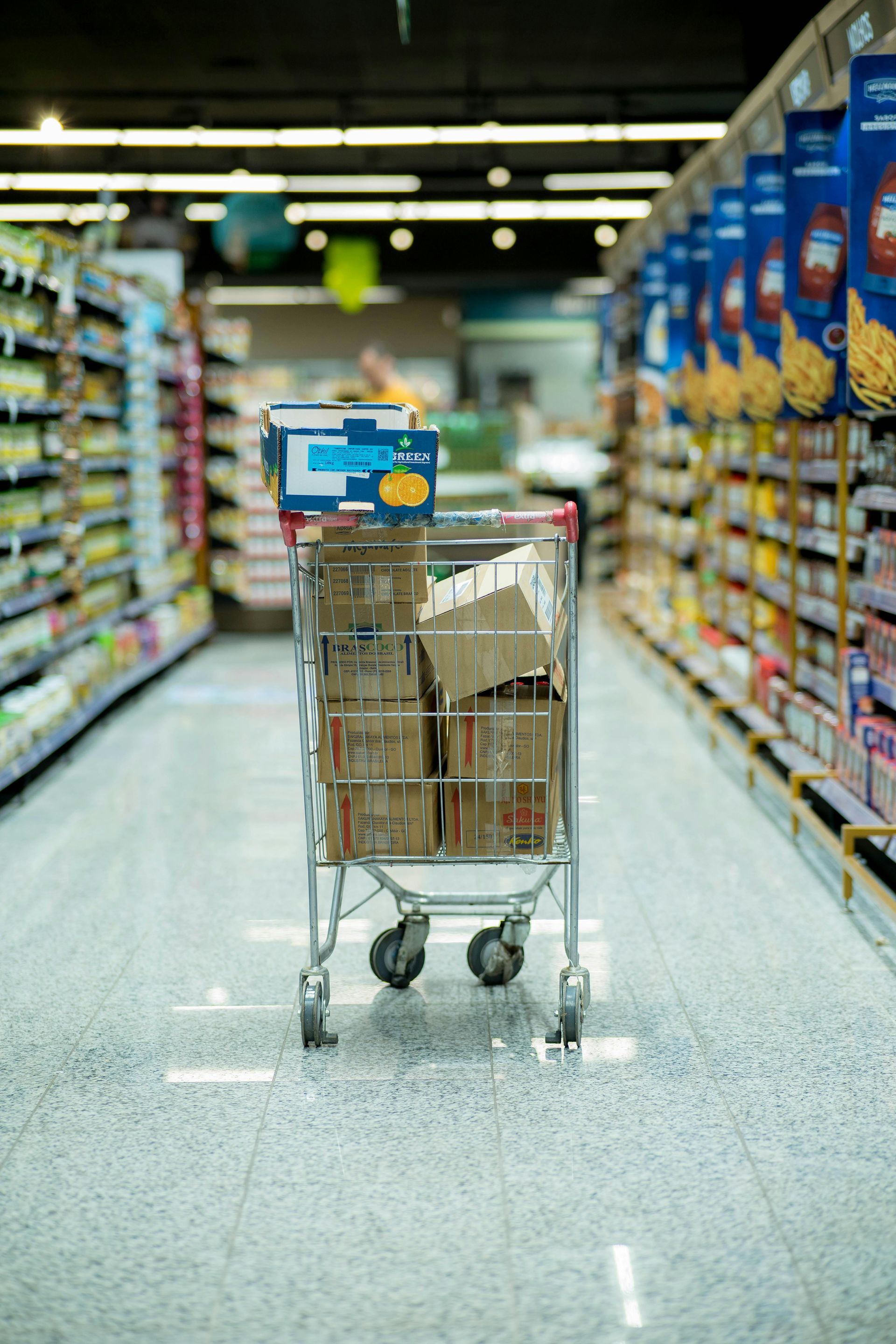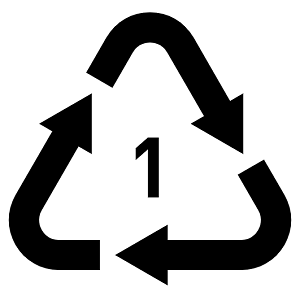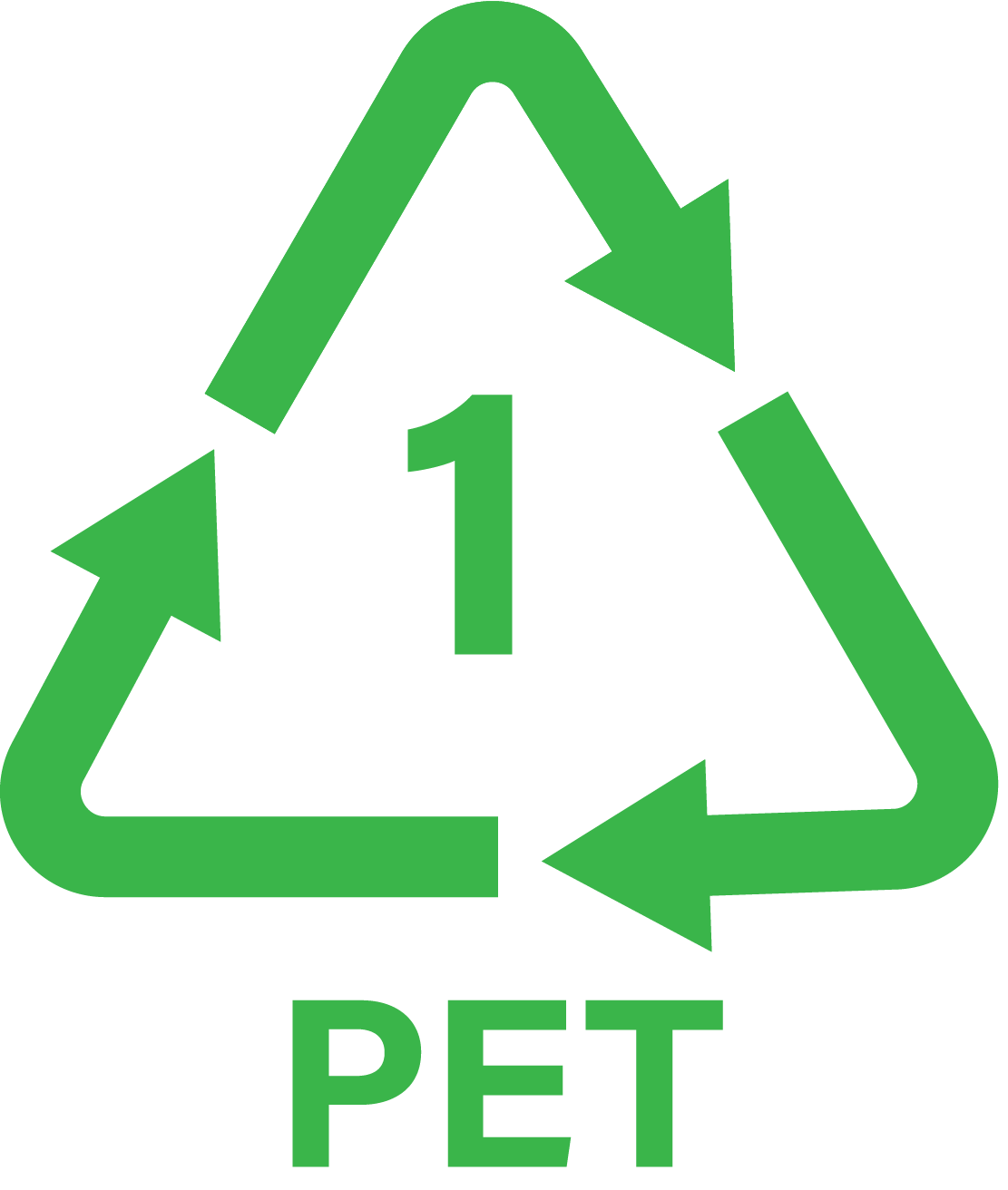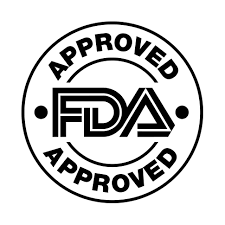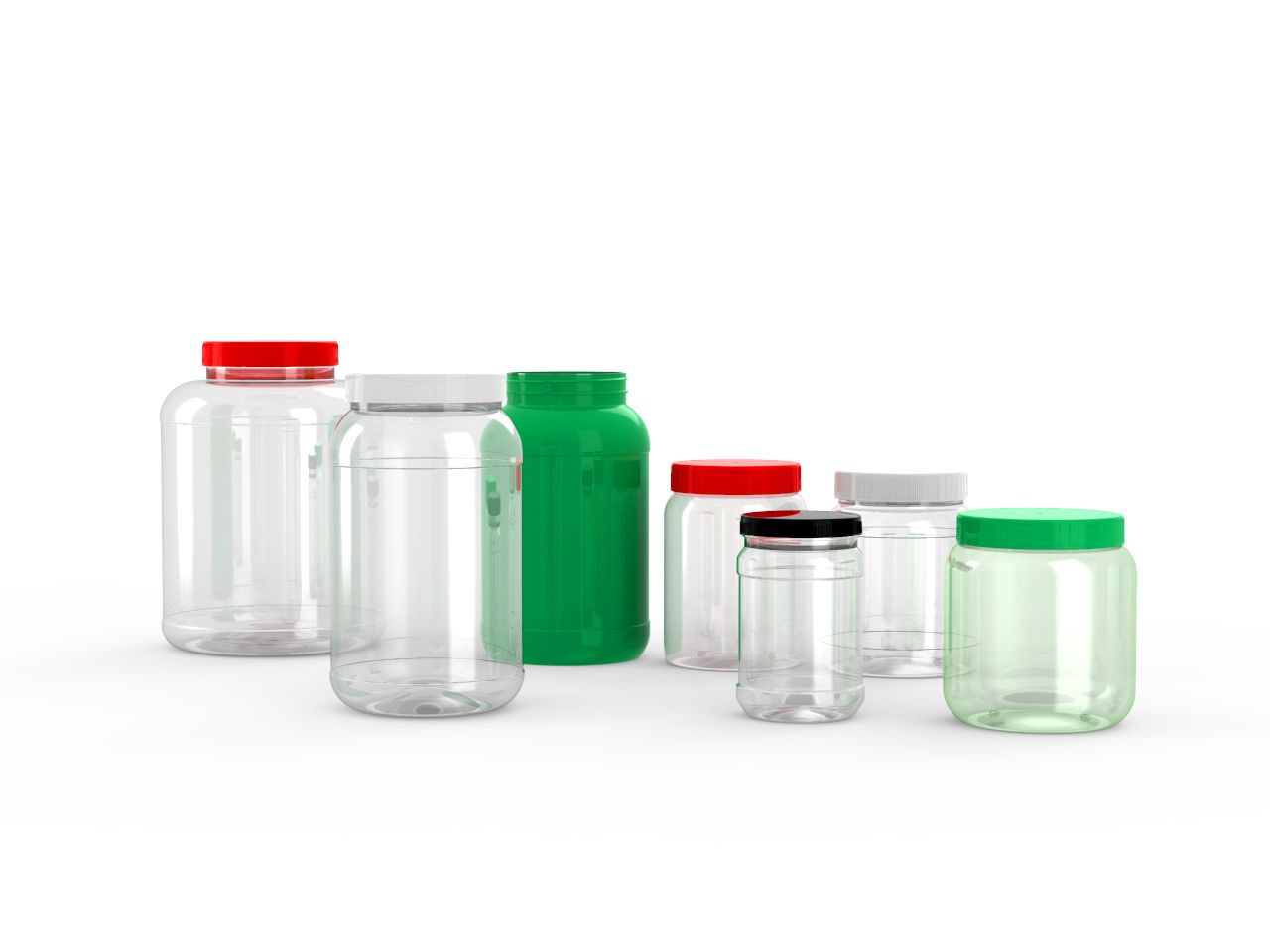Top 5 Trends in Plastic Food and Beverage Packaging
1. Technology
With over 70% of consumers using smartphones to access information and find products and services on the web, the rise of interactive packaging using QSR codes with additional information and marketing that the consumer can engage with is set to increase in 2020. The food and beverage industries in addition to the pharmaceutical industries are further adopting RFID (radio-frequency identification) codes to track the status of their product at all stages of distribution.
2. Food Safety
With smart enabled packaging, consumers are able to determine when a food product has passed its expiration date. Consumers have also become more conscious of the chemicals that may be used in the packaging of their food and beverage items. Clear, clean and simple packaging whereby the contents can be seen in its natural form, are the popular ingredients of today’s packaging.
3. Sustainability
A bacterium that is known as Ideonella sakaiensis which was discovered as early as 2005 has been shown to consume PET, or polyethylene terephthalate, with a thickness of 0.2 millimeters in around a month. PET was thought to be non biodegradable as petroleum is used in its production, the study and use of this method of disposal will have great and positive impacts in the recycling industries.
4. Minimal Packaging
Consumers wishing to have clear packaging that shows the food product in a natural manner extends also to the consumers un-desire for excessive packaging. Not only from the aspect of sustainability but also due to the rise in health foods being consumed, for example non-GMO, no antibiotics, organic, natural and gluten-free are now clearly labeled on the supermarket shelves and in demand. It’s forecast that minimal packaging with clear labeling and ingredients will only further accelerate in 2020 and into the future with customers being more informed about their food and beverage options.
5. Customization
In contrast to minimal packaging, customized packaging will continue to be popular throughout 2020 in the continued emergence of craft brands and the need for producers of food and beverages desire to stand out in the market. Consumers are often enticed with packaging and branding that takes on vintage and or a luxury feeling and can often drive the price point successfully for a company adopting this methodology with how they package their product.

